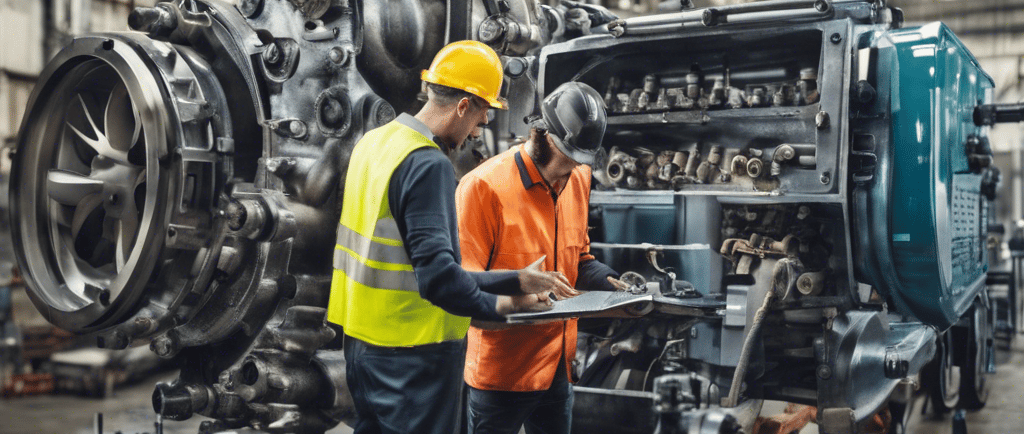Effective Tips for Troubleshooting and Repairing Hydraulic Systems
8/16/20241 min read
Introduction to Hydraulic Systems
Hydraulic systems are vital components in many industrial and mechanical applications, offering precision and power. However, like any complex system, they can develop issues over time. In this blog post, we will delve into hydraulic system troubleshooting and repair, providing you with multiple efficient ways to identify and resolve your issues.
Common Hydraulic System Problems
Understanding the common problems that can occur in hydraulic systems is the first step to efficient troubleshooting. Some of the frequent issues include fluid leaks, overheating, and reduced system efficiency. Identifying these problems early can prevent more serious damage and high repair costs down the line.
Effective Troubleshooting Techniques
One of the most effective ways to troubleshoot a hydraulic system is through visual inspections. Look for obvious signs of wear and tear, such as damaged hoses or fluid leaks. Another useful method is to listen for unusual noises that could indicate issues within the system. Additionally, checking the hydraulic fluid levels and condition can provide essential clues about potential problems.
Repair Strategies and Best Practices
Once you've identified the issue, the next step is to employ the right repair strategies. For instance, if you detect a fluid leak, replace or repair the affected parts immediately. It’s also crucial to use high-quality hydraulic fluid and replace it regularly to maintain system efficiency. Moreover, ensure that all components are correctly aligned and securely fitted to avoid future problems.
Preventive Maintenance Tips
Preventive maintenance is key to prolonging the life of your hydraulic system and minimizing repair needs. Routinely check the hydraulic fluid quality and levels, inspect hoses and seals, and follow the manufacturer’s maintenance schedule. Implementing these practices can save you a lot of trouble in the long run.
Conclusion
Troubleshooting and repairing hydraulic systems doesn’t have to be a daunting task. By understanding common issues, using effective troubleshooting techniques, and following best practices for repairs and maintenance, you can keep your hydraulic system running smoothly. Remember, preventive maintenance is your best ally in ensuring the longevity of your system.


